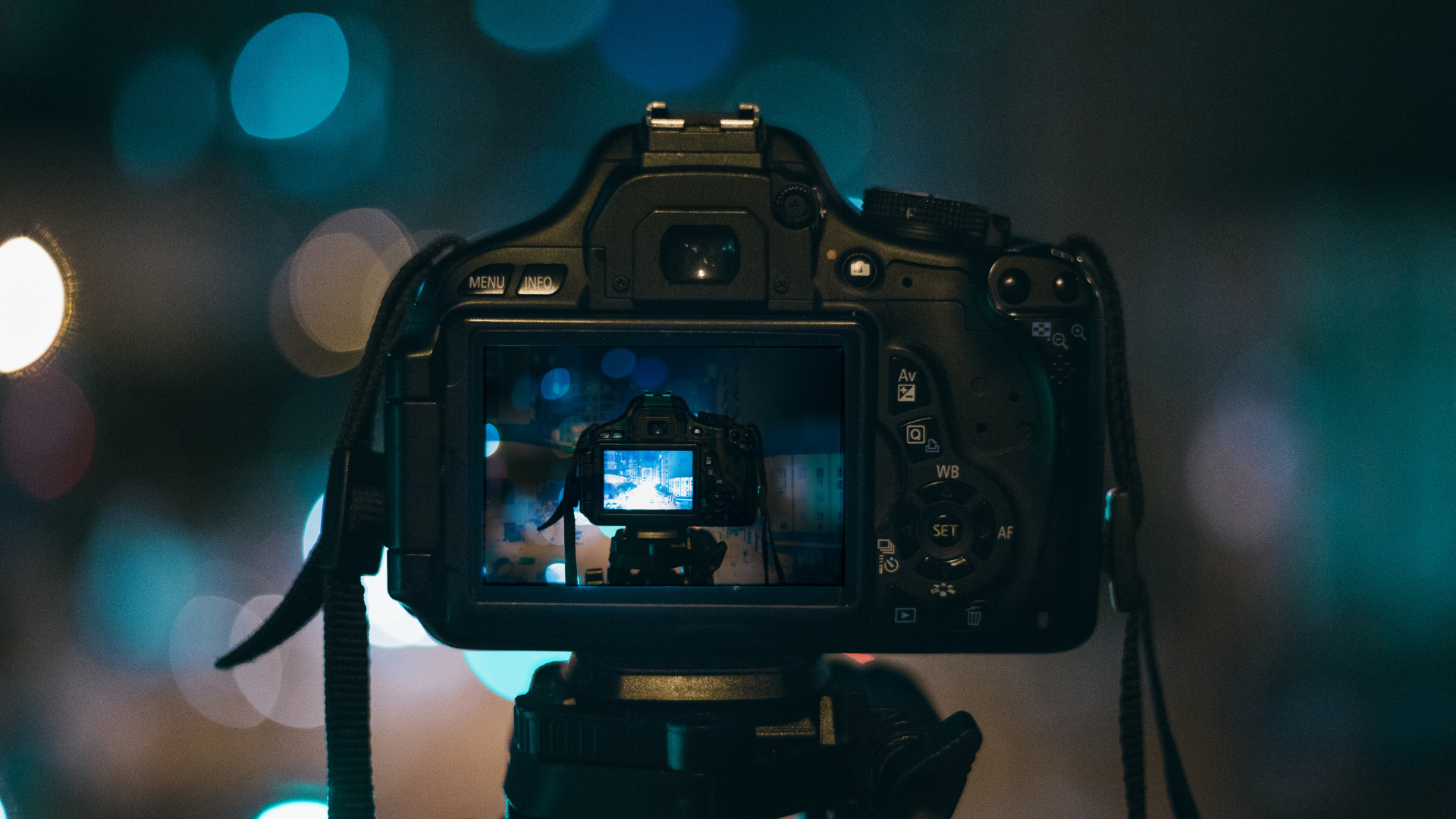Photography is an art form that captures the beauty of everyday moments. Whether photographing a sunrise over the ocean or a family gathering at home, capturing movement can add an extra layer of emotion and beauty to the images. In this blog post, we’ll discuss some guides for capturing movement in photography and give tips on making the photos look cinematic.
Choosing the Right Equipment for Capturing Movement
There are a few things to consider when choosing the right equipment for capturing movement in photography. The most important factors are the camera and lens we use, composition, and shooting style. It’s essential to choose the best camera for capturing movement. Choose a camera with a fast sensor and long-frame rate to help capture smooth motion. Some great cameras for capturing motion include the Nikon D750, Canon EOS 5D Mark IV, and Panasonic Lumix GH5. Lens
When choosing a lens to capture movement, we must consider how wide or telephoto the desired focal length is. A wide-angle lens will capture more of the surrounding environment while providing a wider perspective on our subject. In contrast, a telephoto lens will compress the environment closer to the subject and give us a tighter shot.
Another critical factor when capturing movement in photography is composition. We want to create an exciting frame that draws attention to the subject while still allowing enough space around them so that they can move freely. Try to find compositions that showcase the subject in a new way or use techniques such as panning and zooming to create interesting shots. Shooting Style
Shooting style plays an important role when capturing movement in photography. If we’re shooting candid shots of friends or family members during their everyday lives, try to stick to natural lighting and keep the camera settings low-key. Suppose we’re shooting a more dramatic or staged scene; we should use higher shutter speeds and ISO settings to capture the motion more clearly.
Composition Techniques for Capturing Dynamic Movement
Many composition techniques can be used to capture dynamic movement in photography. The key is to find a way to capture the motion without disrupting the balance of the photograph. One way to capture motion without disrupting the balance of the photograph is to use depth of field. By using a shallow or wide depth of field, we can focus on one part of the image while excluding other parts from view. This can create a sense of dynamism and movement in the photo.
Use Shutter Speed to Capture Motion. By changing the shutter speed, we can control how much motion is captured in the photo. We can also use shutter speed to freeze action in the image, creating a more pronounced sense of dynamism and movement. Manipulating the light and shadow in the image, we can create a more dynamic appearance that captures the motion of the subject matter. With these composition techniques, we can make a more vibrant appearance in the photos that capture the movement of the subject matter.
Tips for Anticipating and Timing Movement
One of the most challenging aspects of photography is capturing movement. Be aware of the surroundings and watch for people walking or driving cars. Notice the patterns of the motion and try to time the shots accordingly.
Pay attention to the subject and plan and frame them accordingly. Try to get close to them so that the movement looks natural in the photo. We can use artificial light sources wisely since lighting can help or hinder motion photography. If we’re using artificial light, ensure it isn’t too bright or harsh, as this will disrupt the natural flow of movements.
There are many ways to capture movement in photos, so let’s feel free to try different things until we find something that works best.
Capturing Motion Blur and Cinematic Shots
Capturing motion blur and cinematic shots is one of the most challenging aspects of photography. We can use several different techniques to achieve the desired effect.
The first step is deciding what motion blur we want to capture. It can be done by analyzing the scene we are photographing and determining which parts of the image appear to be moving slowly relative to the other parts. Once we choose the type of motion blur we want, we need to determine how much movement we want in the photograph. Taking many exposures and then merging them in Photoshop or another photo editor is one method for accomplishing this. We can also use software like LumaFusion to create a time-lapse animation that captures the gradual movement of the subject. Once we have captured the desired movement, it’s time to take control of the image and add some effects to ensure it looks perfect. We can adjust exposure, colour, and brightness levels to create a realistic appearance for the shot.
There are several tools available that allow us to add motion blur effects to the photographs. Some popular tools include Adobe Photoshop CS6 and CC, Lightroom 3 and 4, Aperture 3 and 4, and LumaFusion 5 and 6. If we are new to motion blur effects, it is recommended that we should start with simple tutorials and work our way up to more complicated techniques. This will allow us to learn how to achieve the desired effect without feeling overwhelmed.
Freezing Time in Motion
One of the great joys of photography is capturing fleeting moments in time and setting them apart from the rest. Through practice, we can learn to capture movement in our photographs and reveal the beauty hidden within them.
Whether we are shooting for pleasure or professional advancement, learning to capture movement will help our photos stand out and be remembered long after they are taken. Through practice, we can learn to capture movement in our photographs and reveal the beauty hidden within them.

